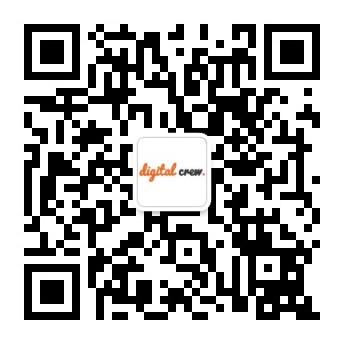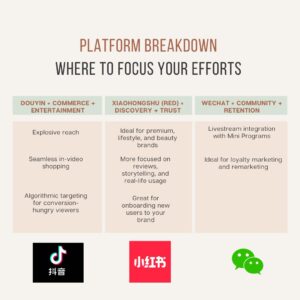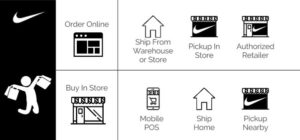Here’s How You Start Market Research For Your Business
How To Start Your Market Research: If you’ve followed our previous article on how important market research is for your business, then you’ve reached level 2 – How you need to start your market research. We’re assuming you have a certain goal you want to accomplish with your research which brings you to this article, but if you don’t, let’s hope it guides you further with your research journey.
Some of us are quite repelled by the word ‘research’ and would prefer handing it over to the more ‘professional’ person in the team because we believe it entails a sophisticated set of techniques that only highly trained people can leverage to their advantage. The truth about market research is that anyone with the right framework and roadmap can undertake the duty and produce even a thesis if he/she wishes to. With that being said, it is important that you at least pretend you’re a professional before you set out with your market research.
Before you begin with your research you must ask yourself the following questions:
What is the objective of your research?
Is It going to benefit your business plan?
How do you plan to utilise this research?
Once you have aligned your market research objectives, you’re all set to achieve your market research goals. Here’s how you can go about with it:
1) Identify gaps
If you’re undertaking a particular research, we’re guessing you’ve identified a certain gap in the market and you’re going to figure out a way to fill in that gap with your solutions. How do you find a solution to the problem? By identifying the problem of course. One of the best ways to figure out these gaps in the market is by accumulating your answers from customer reviews, queries, polls, surveys etc. you could begin on a platform like Quora and then take it ahead with surveys.
For eg: You’ve come across a gap that is associated with poor navigation
You then gather more information from customers from travel and map applications to conclude if it is a broad gap or just a mere inconvenience.
2) Examine the size of the market
After you’ve gathered your information from various platforms, you could take your research a step further by Identifying various subgroups, or market segments, in that overall market along with each of their unique features and preferences. Useful data collection methods might include reading about demographic and societal trends in publications at the library. You might even observe each group for a while to notice what they do, where they go and what they discuss. Consider interviewing some members of each group. Finally, consider conducting a focus group or two among each group.
3) Find This solution
You’ve gathered your facts and understood the magnitude of the gap (Its huge and has the potential for a solution that you can offer!). You can now put on your cape and use your superpowers to save the world. On a serious note, you have to figure out how your solution could evolve into a product with features to fill in this gap. The next concern is whether you have the capacity to meet the demand? This is where polls and surveys come into the picture. If you want to lower your risks, you could first build a community of individuals that are looking for your services (Try Facebook groups for starters)
4) Who are your competitors?
Are there competitors out there who are one step ahead of you already solving this so-called ‘problem’? If they are, then you’ve got to identify if their customers are unsatisfied somewhere with the service. Customer reviews offer the best insights on whether or not your competitor is solving the real problem.
5) Define your buyer persona
Now that you’ve unearthed 3/4th of your research game plan, this is the part that’s going to give you a direction that will drive the reason for your research. You have to understand who your customers are in order to streamline your communication and create your strategy. You must therefore hypothetically define the age, gender, location, job title, family size, income and other major challenges that persona is currently looking at solving. The idea is ultimately to use this persona as a guideline for when you reach and learn about actual customers in your industry
6) What is your Unique Value Proposition?
Your proposition describes why others should use your organization and not the competition. A particularly useful data collection method in this area is the use of focus groups. Get some groups of potential clients together and tell them about your ideas. Tell them how your ideas are unique. Tell them how you would want your program to be seen (its positioning). Ask them what they think.
Conclusion
You may come across the most unexpected findings with market research and realise that you just had a mere perspective about the real situation. The market research will uncover new possibilities of problem-solving, new target groups and eventually newer channels of communication.




















